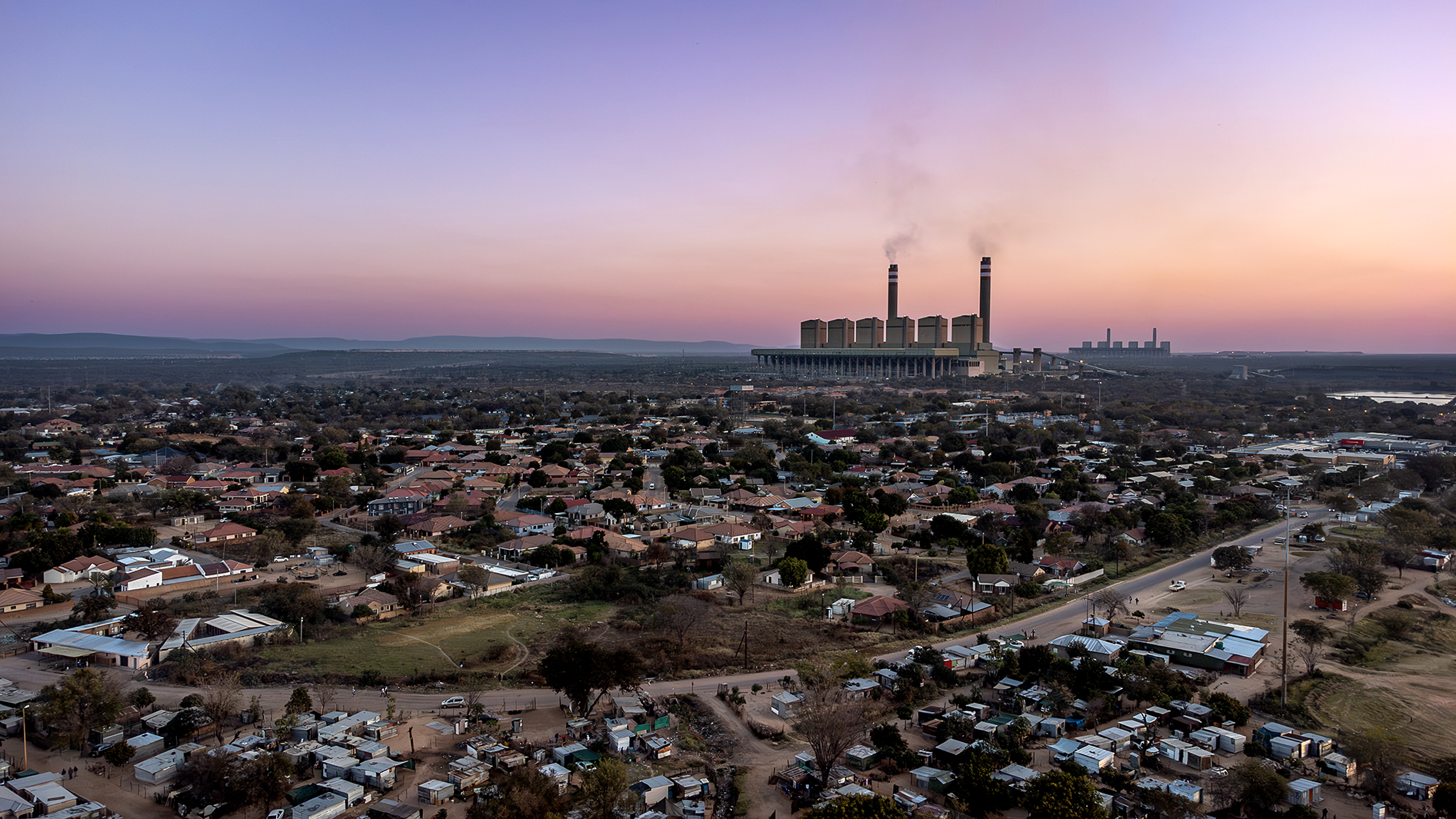The report, titled Living in Medupi’s Shadow, documents the lack of meaningful consultation and access to information on Medupi’s foreseeable impacts, the strain on local infrastructure and service delivery, the environmental and health impacts, the gendered social consequences, and the unequal distribution of opportunities.
It is important to note, however, that although the report details multiple claims of the detrimental impact of Medupi on the environment and health of the surrounding communities, the researchers “did not conduct any studies to determine any causal link between those impacts and Medupi. Consequently, this report does not make any scientific findings.”
Moreover, no causal conclusions are made in the report regarding the impacts of the financing towards the construction, operation and overall development of Medupi, the authors note. Rather, they explain, the report “gives a voice to the lived experiences of communities living in proximity to Medupi by detailing their understanding of the ways in which their lives have changed since the advent of Medupi.”
Read more in Daily Maverick: Limpopo’s Lephalale – the SA town that Eskom and coal built
Living in Medupi's Shadow is based on interviews with interviewees who had all lived in the area surrounding the power station for varying amounts of time. They described a litany of problems, including:
- Increased air pollution, which has led to respiratory problems.
- Water management and access issues, which have made it difficult to access safe drinking water.
- Traffic and failure to upgrade the road infrastructure despite increasing heavy-duty vehicle traffic has made the roads much more dangerous for those using them.
- Local infrastructure is strained and has never been upgraded — or even constructed where it still does not exist — to accommodate the influx of contractors and job seekers drawn by the promises made about an economic boom flowing from Medupi.
- The report also found that the impacts of Medupi have been disproportionately felt by women and children. Women are more likely to be exposed to air pollution and water contamination, and they are also more likely to be responsible for caring for sick family members. Children are also more vulnerable to the negative health impacts of air pollution.
- Perhaps most shocking, residents of communities near the power station still do not have access to electricity. The report notes that a sports field in Marapong was built with six large floodlights to ensure safety and provide the community with an extracurricular outlet. The floodlights have however never been connected to the electricity grid.
Lucy Pitse Duba, one of the affected community members living in Lephalale, in a statement said that “When the project for Medupi power station was announced, we were promised there would be decent jobs that would take us out of poverty since Lephalale has been a poor place. We thought the big project in South Africa would benefit the poor masses of Lephalale, but it didn’t. We have been suffering from poor air quality.
“Later we learned that a loan from [the] African Development Bank was given to Eskom to install a flue-gas desulphurisation (FGD) to clean the air. Until today, the FGD has not been installed, and we don’t know where the money went, and we are breathing toxic air,” said Duba.
For context, in 2010, the World Bank loaned Eskom $3.75-billion (roughly R71-billion) towards the Eskom Power Investment Support Project, which included the construction of Medupi — the world’s largest dry-cooled power station. Part of the the loan agreement required that Eskom install FGD technology — colloquially called “scrubbers” — at Medupi by 2025 to curb sulphur dioxide emissions.
Daily Maverick previously reported that when Medupi was conceived as an idea, it already promised to spew 25 million tons of carbon dioxide into the atmosphere every year — a figure that has since been upped to 32 million tons per annum, which, according to the Global Carbon Atlas, beats the emission totals of 143 countries.
Read more in Daily Maverick: Powering up: Eskom completes Medupi — sort of
Lettah Motshehoa who also lives in Lephalale, said “When the Medupi coal power station project was announced, I remember people were so excited. Everyone looked forward to the promises of jobs, the opportunity to gain skills to be involved in the project. We were told that our town will be well developed. We were celebrating this news because we had been living in poverty. I thought I would be able to access better education and have the opportunity to have a career and become something.”
Her hopes however did not align with reality.
“But when the project began only a few people from our town were able to benefit from opportunities. A lot of people from towns outside Lephalale were brought in and given the jobs and skills that were promised to us. By the time Medupi power station was operational, my community hardly saw the benefits.
“Instead, we suffer from diseases associated with the air quality and pollution from the power station and the mines. Unemployment is so high. People need money. Young girls often drop out of school to find sugar daddies because they need money to survive. I’ve seen teenage pregnancy to be a big problem in my community.
“The leaders who built Medupi never told us about the danger of this project and how it will affect our lives. It makes me think that they don’t care about us and our futures,” said Motshehoa. OBP





